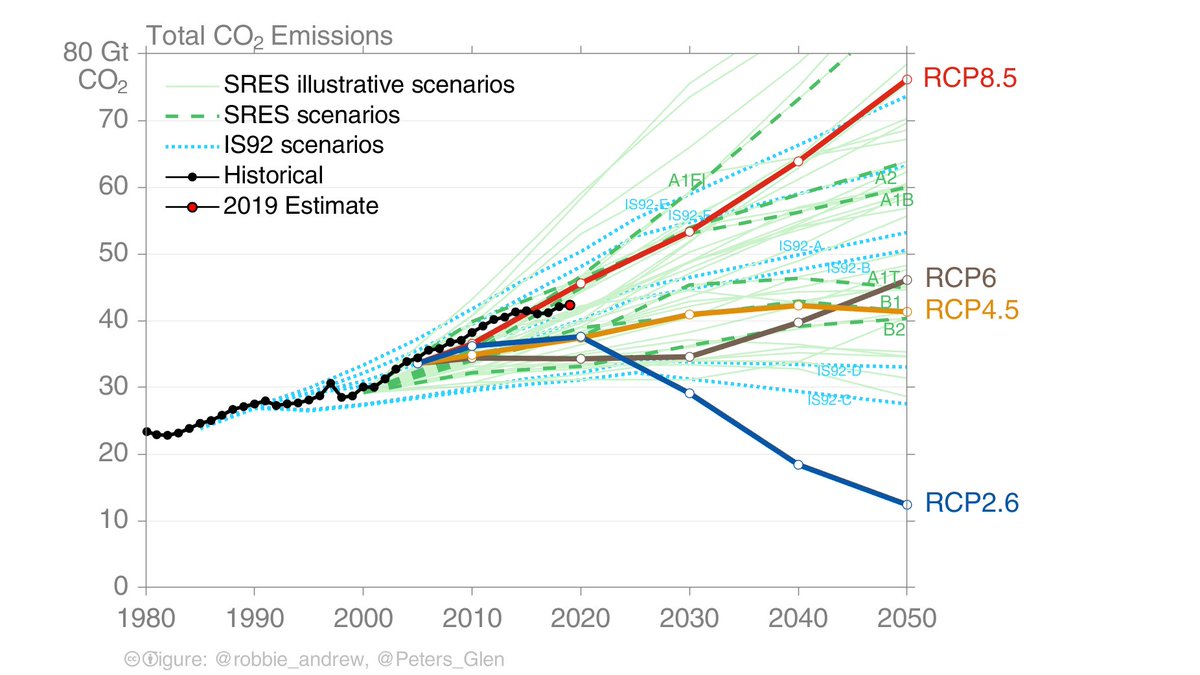If 2.5°C is easy, why is 2°C hard?
The future is uncertain & scenarios are used to explore those uncertainties. But which scenarios are more likely & why is this important to know?
enova.no/enovakonferans…
1/

The more CO₂ that is emitted the more the temperature rises, & the effect of CO₂ is essentially permanent.
The carbon budget can be defined at the point CO₂ emissions go to zero, & temperature stabilises.
6/
• 1.5°C is near impossible (budget is almost gone)
• 2.5°C is not so hard with raised ambition (& net-zero)
• 3°C may already be locked in with current ambition
• 4°C is hard, as it is a lot of carbon to burn
8/
• Likely pathway ~3°C
• Physical risks: assess higher outcomes (>3°C)
• Transition risks: assess more rapid mitigation (<3°C)
• Desired outcome is <2°C
cicero.oslo.no/en/posts/news/…
9/

• Black line is approximately a current policy pathway
• Transition risk (left): More rapid transition (tech, policy, social)
• Physical risk (right): Worsening climate impacts
cicero.oslo.no/en/posts/news/…
10/
















